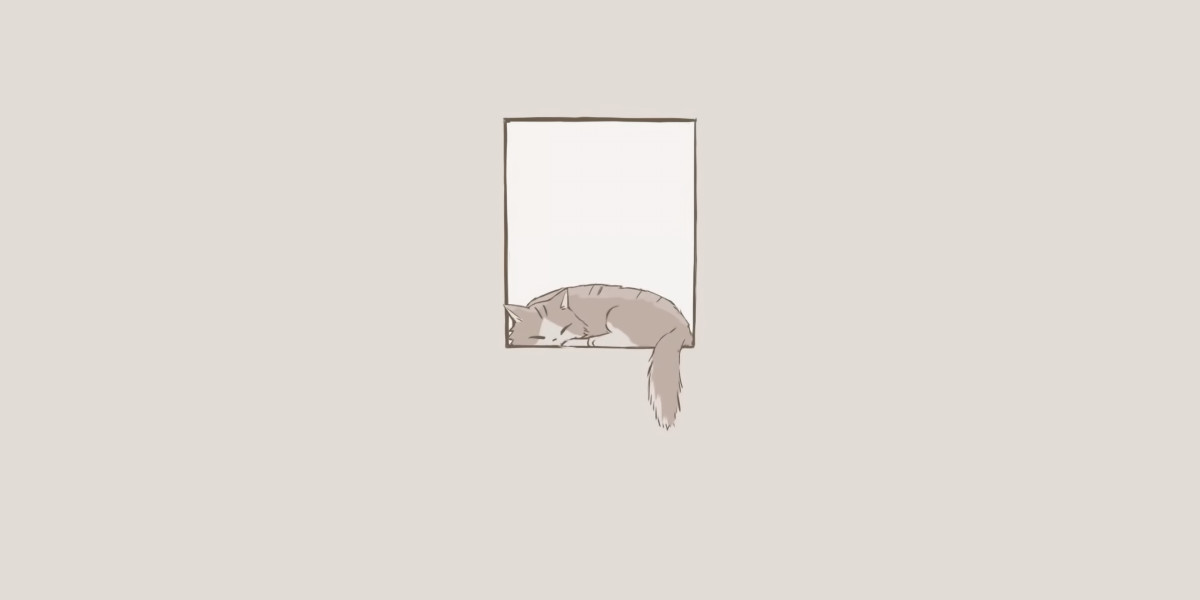Reverse osmosis technology has revolutionized the industrial sector, providing a reliable and efficient method for water purification. This article aims to explore the advantages and limitations of reverse osmosis technology in industrial applications, shedding light on its significance and potential drawbacks.
Advantages of Reverse Osmosis Technology
Reverse osmosis technology offers several advantages that make it a preferred choice in industrial applications. Firstly, it provides a highly effective means of removing impurities from water. The semi-permeable membrane used in reverse osmosis systems can effectively filter out contaminants such as dissolved salts, bacteria, and organic compounds, ensuring the production of high-quality water.
Another advantage of reverse osmosis technology is its versatility. It can be used in various industrial sectors, including pharmaceuticals, food and beverage, power generation, and electronics. Whether it is purifying water for pharmaceutical manufacturing or producing ultrapure water for semiconductor fabrication, reverse osmosis technology can be tailored to meet specific industry requirements.
Furthermore, reverse osmosis systems are known for their energy efficiency. Compared to other water treatment methods, such as distillation, reverse osmosis requires lower energy consumption. This not only reduces operational costs but also contributes to a more sustainable and environmentally friendly approach to water purification.
Lastly, reverse osmosis technology provides a compact and modular solution for industrial water treatment. The systems can be easily installed and scaled up or down based on the water demand. This flexibility allows industries to adapt to changing production needs without significant infrastructure modifications.
Limitations of Reverse Osmosis Technology
While reverse osmosis technology offers numerous advantages, it is important to consider its limitations as well. One limitation is the production of wastewater or brine during the purification process. For every gallon of purified water produced, a certain amount of wastewater is generated. Proper disposal or treatment of this brine is necessary to prevent environmental harm.
Another limitation is the sensitivity of reverse osmosis membranes to fouling and scaling. Fouling occurs when particles or organic matter accumulate on the membrane surface, reducing its efficiency. Scaling, on the other hand, happens when mineral deposits form on the membrane, hindering water flow. Regular maintenance and cleaning are required to prevent these issues and ensure optimal performance.
Additionally, reverse osmosis technology is not suitable for all types of water sources. It is most effective in treating water with low to moderate levels of total dissolved solids (TDS). If the feed water has high TDS, additional pre-treatment processes may be necessary to prevent membrane fouling and extend the lifespan of the system.
Future Innovations in Reverse Osmosis Technology
As the demand for clean water continues to grow, researchers and engineers are constantly working on innovations to enhance reverse osmosis technology. One area of focus is the development of advanced membranes with improved fouling resistance and higher water permeability. These membranes can increase the efficiency and lifespan of reverse osmosis systems, making them even more cost-effective and sustainable.
Another area of innovation is the integration of reverse osmosis with other water treatment technologies. By combining reverse osmosis with processes like electrocoagulation or advanced oxidation, the overall water treatment efficiency can be enhanced, allowing for the removal of a wider range of contaminants.
In conclusion, reverse osmosis technology offers significant advantages in industrial applications, including effective removal of impurities, versatility, energy efficiency, and modular design. However, it is important to consider the limitations, such as brine production and membrane fouling. With ongoing research and development, the future of reverse osmosis technology looks promising, with potential advancements that will further improve its performance and expand its applications.








